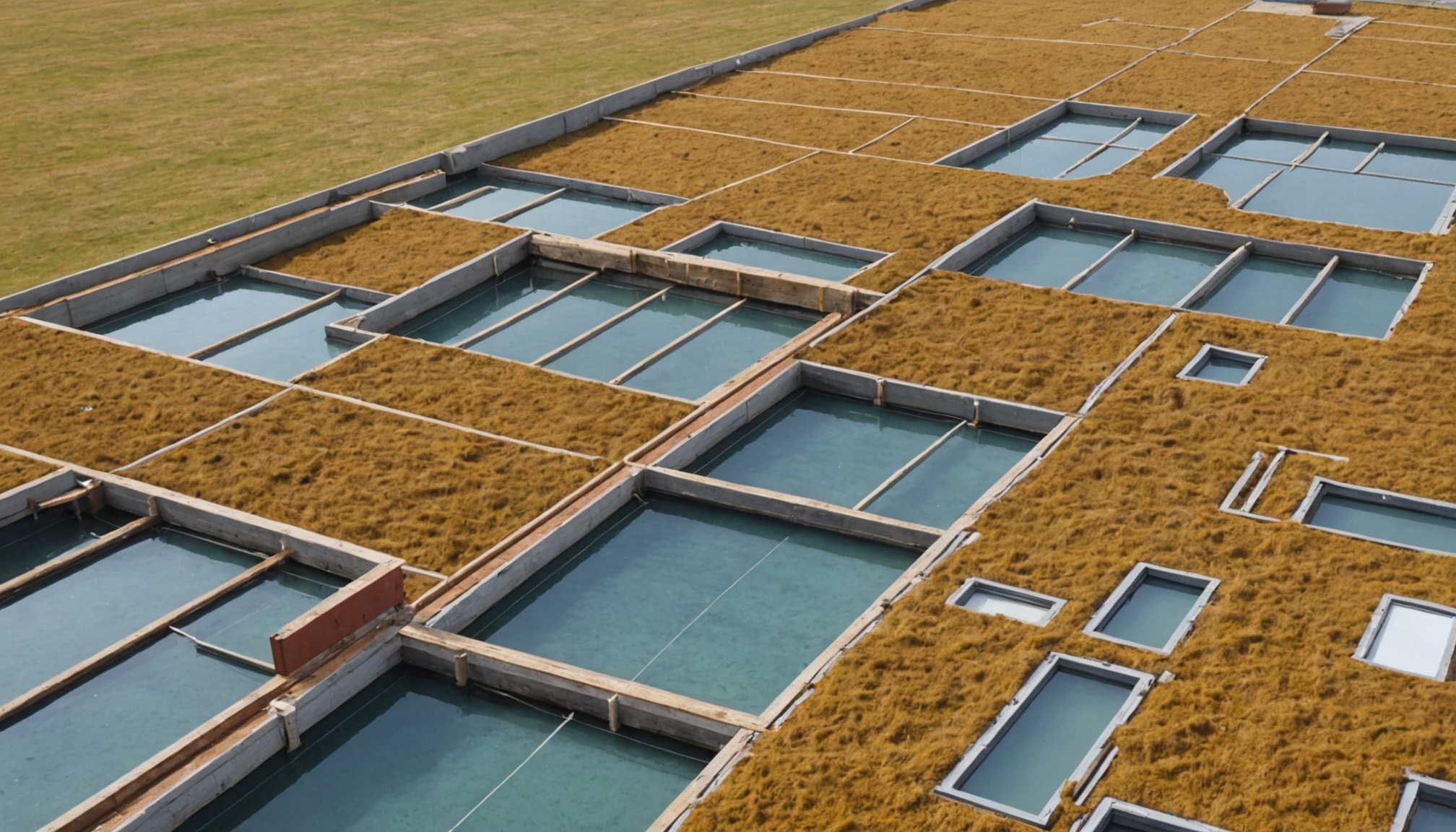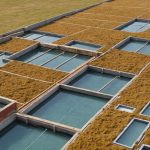Overview of Insulation Needs for Coastal Homes
Living in a coastal environment presents unique challenges for homeowners, particularly regarding insulation. Coastal homes require specialized insulation due to exposure to salt-laden air, which leads to salt corrosion. This corrosive salt can damage building materials, weakening the structural integrity of homes over time.
An effective insulation solution for coastal homes needs to address the twin challenges of maintaining energy efficiency and providing salt corrosion protection. Understanding insulation requirements in these zones is crucial. Unlike traditional settings, coastal insulation must be resistant not only to moisture infiltration but also to prevent salt ions from degrading metallic components and electrical systems.
In parallel : Essential Strategies for Navigating Property Development Within UK Green Belt Regions
Homeowners have to contend with the constant presence of salty air and water, which can penetrate improperly sealed walls and roofs. The damage caused by the salt often goes unnoticed until it necessitates extensive repairs. Therefore, a well-thought-out insulation strategy must involve barrier systems designed to prevent and limit salt ingress.
Incorporating robust sea salt barriers and considering materials such as closed-cell spray foam or properly treated fiberglass can significantly extend the lifespan of a coastal home, offering residents peace of mind in knowing their home is protected against the harsh elements of ocean-front living.
In the same genre : Top Strategies for Eco-Friendly Landscaping in Urban Development Initiatives
Effective Insulation Materials for Coastal Areas
Insulating coastal properties demands special attention due to the harsh and moisture-prone environments they face. Selecting the proper insulation materials is crucial to ensure long-term efficiency.
Spray Foam Insulation
Spray foam insulation is widely regarded for its excellent moisture resistance, making it ideal for coastal regions. This material provides a seamless barrier against water intrusion, significantly reducing moisture-related issues. Its ability to expand and fill gaps ensures a high level of thermal efficiency. However, it can be more expensive than other options and requires professional installation to guarantee optimal performance.
Rigid Foam Insulation
Rigid foam insulation is another popular choice, offering substantial protection against moisture and temperature changes. Its lightweight and durable structure makes it suitable for coastal insulation needs. It can be used for both exterior and interior applications, providing versatile solutions. One drawback is that it can become brittle over time if exposed to sunlight, necessitating protective coverings for outdoor use.
Mineral Wool Insulation
Mineral wool insulation stands out for its natural resistance to moisture and excellent thermal performance. It remains unaffected by damp conditions, making it a reliable choice for moisture-prone environments. However, while it provides great insulation performance and fire resistance, proper handling and installation are essential to avoid skin irritation. Additionally, this option may require slightly more maintenance compared to spray or rigid foam insulations.
Techniques to Mitigate Salt Corrosion
In coastal environments, salt corrosion poses a significant challenge to home maintenance. Effective salt corrosion prevention necessitates a multifaceted approach for environmental protection, ensuring the longevity of your coastal home.
First, enhancing insulation performance is critical. Use corrosion-resistant materials such as stainless steel or treated wood, reducing the potential for salt to infiltrate structures. In coastal areas, robust insulation solutions act as the first defence against the aggressive environmental elements.
Proper sealing and waterproofing are indispensable. Sealing gaps around windows, doors, and joints with high-quality caulk or sealants keeps moisture out. Waterproof paints and coatings also provide a protective layer, significantly reducing the risk of salt damage.
Regular maintenance is vital for homeowners in these regions. Frequent inspections for signs of salt corrosion, such as rust or discolouration, allow for early intervention. Cleaning surfaces with fresh water removes salt residues, which can accelerate deterioration if left unchecked. Additionally, repainting or resealing areas at regular intervals maintains the effectiveness of the protective measures.
By combining these strategies, homeowners not only enhance the resilience of their homes but also contribute positively to the environmental protection of coastal regions, promoting sustainable living.
Cost Implications of Insulation for Coastal Homes
Ensuring a coastal home is well-insulated involves careful budget planning. Coastal areas pose distinct challenges, impacting the insulation costs significantly. Here, we explore the financial aspects, including both immediate expenses and potential savings.
Initial Cost vs. Long-Term Savings
While the initial insulation costs may seem daunting, they represent a substantial long-term investment. Quality insulation can substantially lower energy bills by enhancing temperature regulation, thus offering savings over time. It’s crucial for homeowners to consider this balance between upfront expenses and future savings when planning their budget.
Cost Comparison of Different Insulation Methods
Cost varies with insulation type. Fiberglass, often the most affordable, may require replacement sooner, impacting long-term costs. Meanwhile, spray foam, though initially pricier, provides better efficiency and durability. Homeowners should assess both their budget limitations and desired efficiency levels before selecting a method.
Financial Assistance and Grants Available
Homeowners might find relief in the form of financial assistance and grants. Many governments and organizations offer programs to ease the financial burden of energy-efficient upgrades. These can significantly reduce the initial insulation costs, making it accessible for more homeowners. Exploring such resources is a vital step in ensuring a cost-effective upgrade to coastal home insulation.
Local Best Practices in Coastal Insulation
Living along the coast offers unique challenges and opportunities when it comes to insulation. Local experts in insulated construction stress the importance of using strategies that cater specifically to the coastal environment. Adhering to coastal best practices is crucial for maintaining energy efficiency and protecting structures from moisture.
Central to this is following local guidelines that detail the suitable materials and techniques for coastal conditions. These guidelines often emphasise the use of materials resistant to salt and humidity, such as closed-cell spray foam or rigid foam boards. Using these materials can significantly reduce heat transfer and prevent structural damage.
Moreover, expert recommendations often stress the necessity of complying with regional building codes designed to address unique coastal challenges. These codes ensure that buildings can withstand severe weather conditions, thereby increasing safety and longevity.
In addition to these practices, communities frequently offer valuable resources and workshops for both homeowners and builders. These sessions provide hands-on training and access to knowledgeable professionals who can share insights on cost-effective and efficient insulation solutions. Engaging with these resources not only enhances coastal insulation outcomes but also fosters a more informed and resilient community. Leveraging these best practices ensures optimal performance and sustainability for your coastal home.











